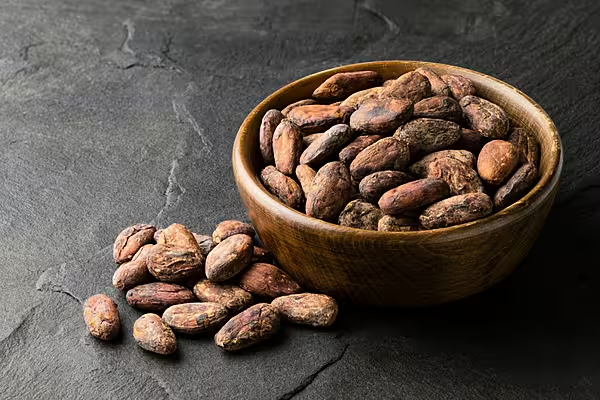The strongest El Niño in almost two decades is dividing cocoa traders.
While most agree that the weather pattern will hurt production in West Africa, which provides about 70 per cent of global supplies, the extent of the impact has become a bone of contention. Estimates for the balance for the season starting next month range from a surplus of 92,000 metric tonnes to a deficit of 297,000 tonnes, according to a Bloomberg survey of 14 traders, brokers and analysts.
El Niño will be the strongest since 1997-98 and peak around the end of the year, according to Australia’s Bureau of Meteorology. "Estimating the effect of the weather pattern on West African crops is hard because it usually affects the smaller of two annual harvests the most," said Jonathan Parkman, co-head of agriculture at futures and options brokerage Marex Spectron. In Ivory Coast, that crop usually starts in April.
"In El Niño years, it’s the mid-crops that bear the brunt of the negative weather impacts, and at the moment, we have no idea what the mid-crops will look like," Parkman said by phone from London. "We’ve been talking about El Niño for seven months, but it’s only now starting to have a significant effect."
Speculation about a smaller harvest has given cocoa a 14-per-cent advance this year, the only gain in the Standard & Poor’s GSCI index of 24 raw materials. Forecasts for the cocoa crop in Ivory Coast, the world’s largest producer, vary by as much as 200,000 tonnes, and by 150,000 tonnes for Ghana, the number-two grower, the survey showed.
Cocoa supplies will fall short of demand by 60,000 tonnes in the 2015-16 season, a second year of deficit, according to the mean in the Bloomberg survey and data from the London-based International Cocoa Organization. Dry weather in West Africa and damage from El Niño will lead to a global shortage of 100,000 tonnes, Simeon K. Ehui, regional manager for agriculture at the World Bank, said by email from Abidjan. Ten out of 14 respondents in the Bloomberg survey forecast shortages.
News by Bloomberg, edited by ESM. To subscribe to ESM: The European Supermarket Magazine, click here.














